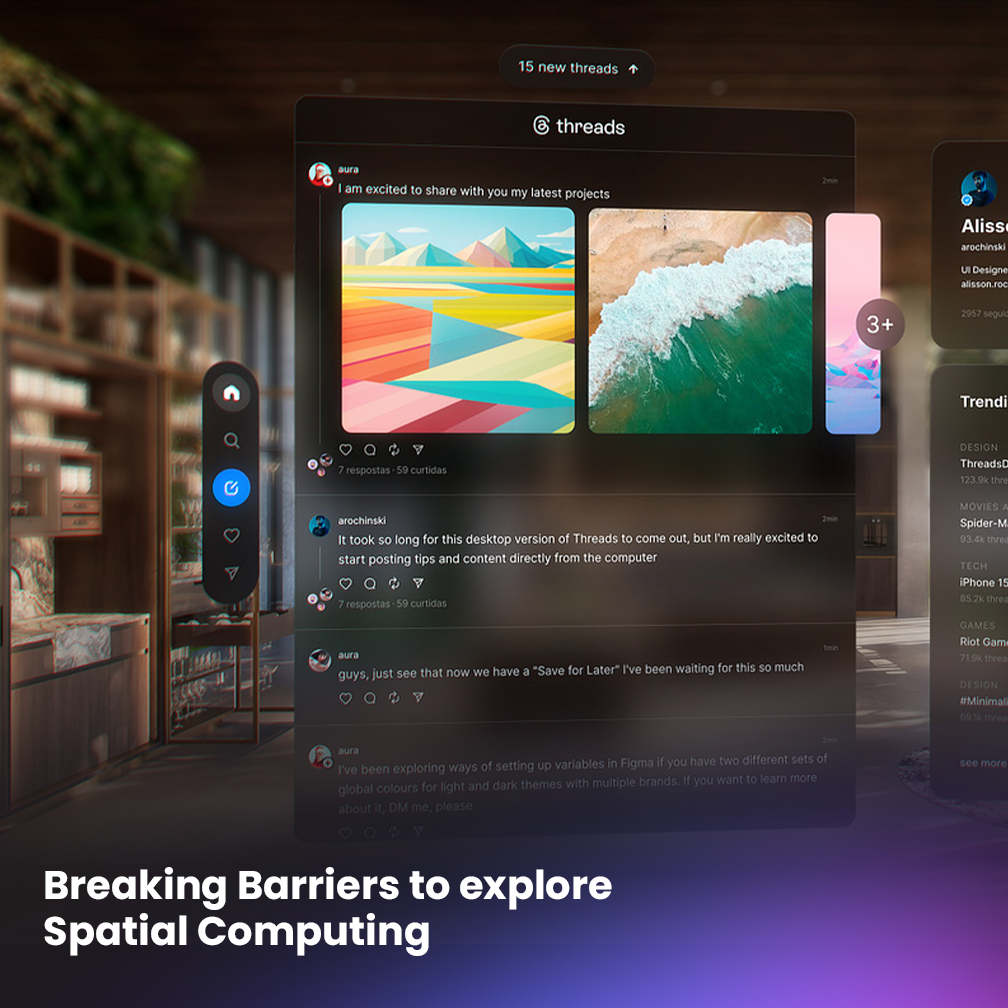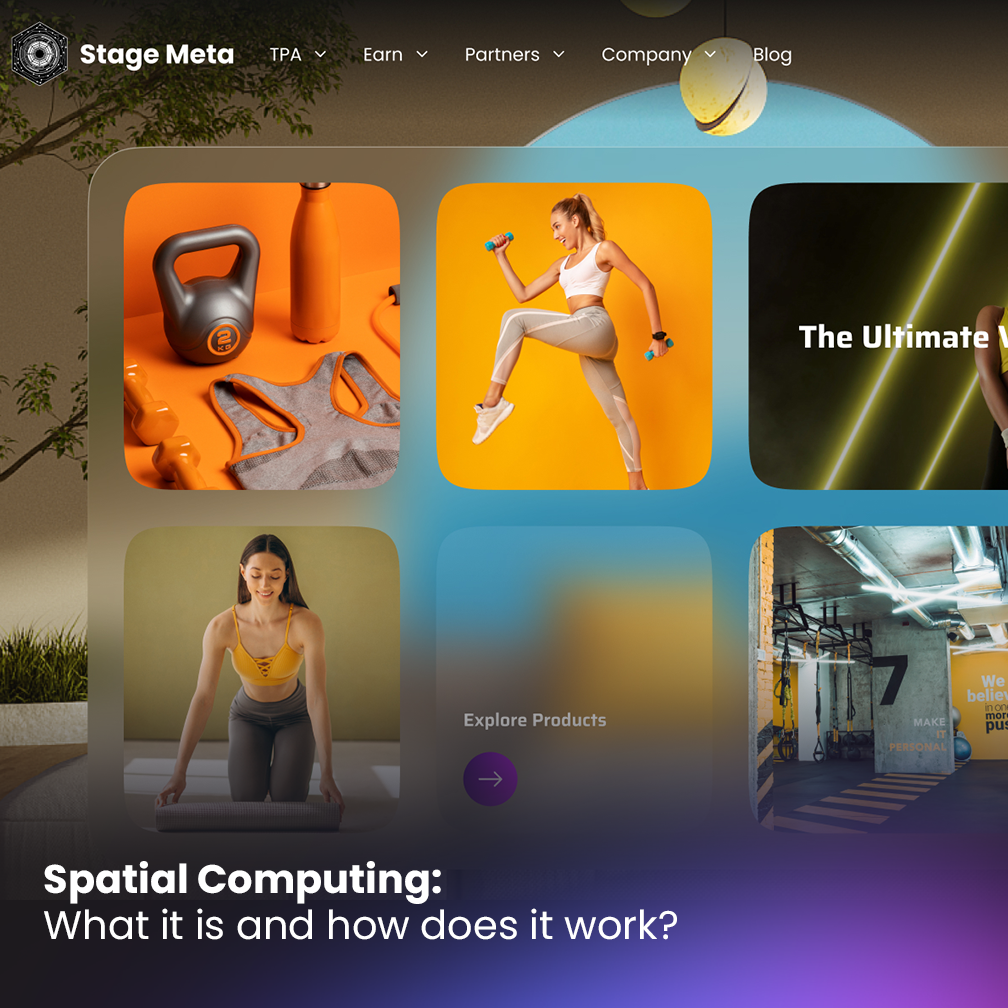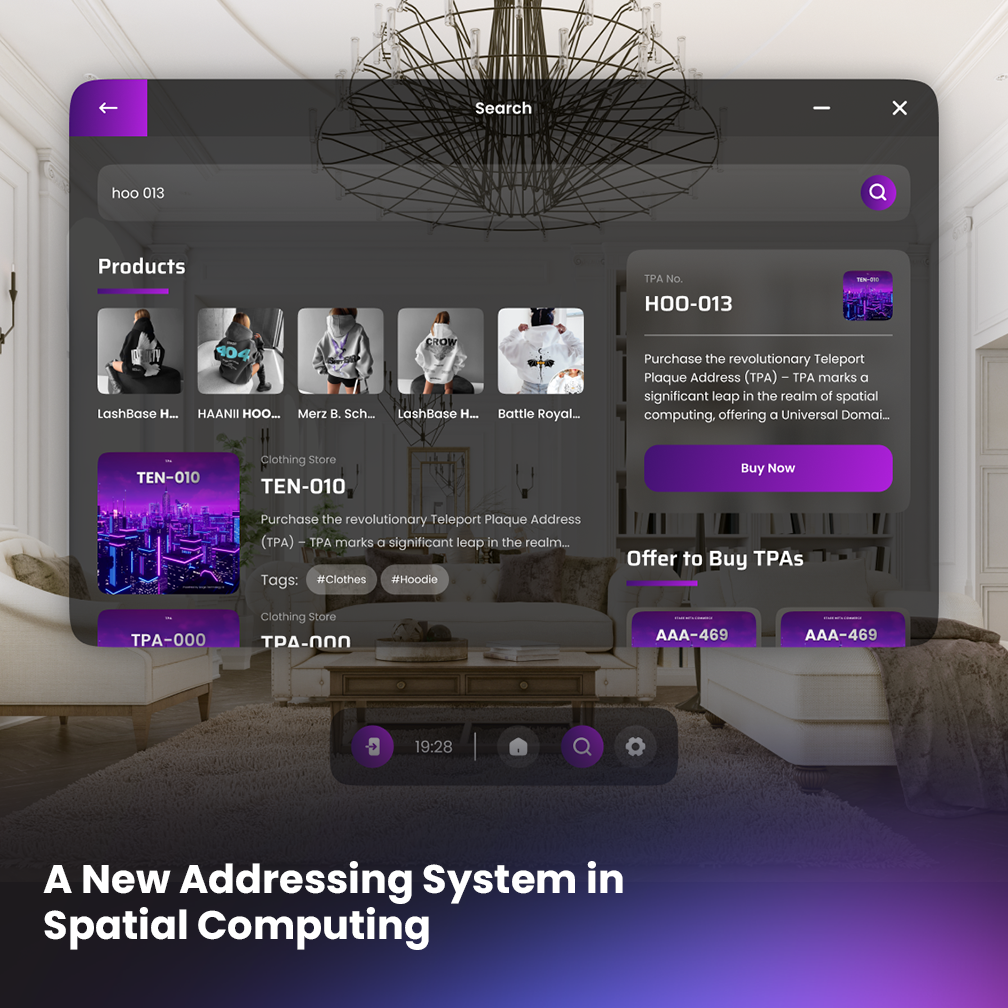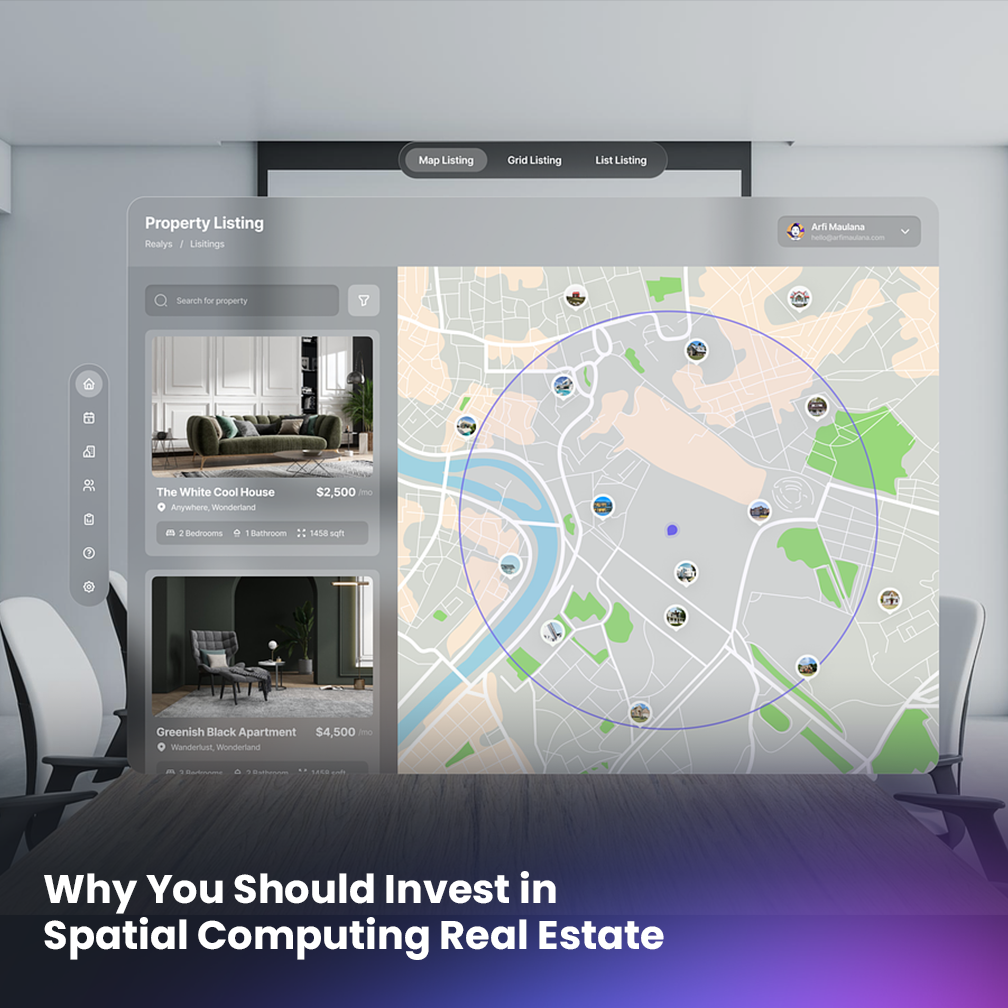Revolutionizing Navigation in Spatial Computing
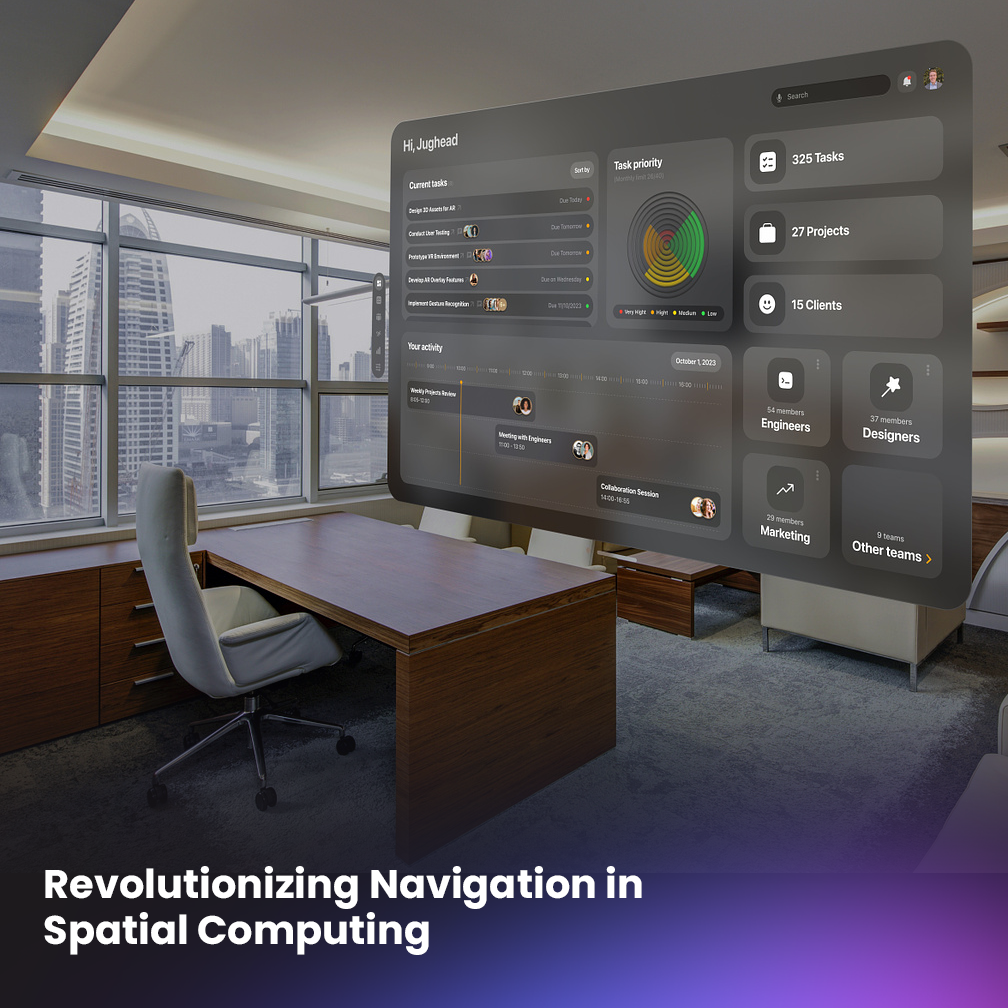
Spatial computing, as a concept, represents a virtual reality space where individuals can interact within computer-generated environments. While the allure of spatial computing includes avatars, teleportation, and immersive virtual worlds, there are inherent navigation challenges that require attention. Some of the primary navigation issues in spatial computing encompass:
- Orientation within vast environments: Navigating the expansive and intricate landscapes of spatial computing environments can pose challenges in swiftly and efficiently locating desired locations and objects without disorientation.
- Interaction methods: Unlike the physical world where hands and bodies facilitate object interaction, spatial computing necessitates alternative methods such as voice commands or gestures, which may require adaptation and proficiency.
- Accessibility considerations: Ensuring inclusivity is crucial in spatial computing, requiring navigation tools accessible to individuals with diverse abilities, including those with visual impairments or disabilities.
- User interface design: Intuitive and user-friendly interfaces are paramount in spatial computing to prevent user frustration and disengagement caused by difficulties in navigation and interaction.
- Safety and security protocols: Upholding safety and security standards is imperative in spatial computing to safeguard against harassment, cyberbullying, theft, and security breaches.
Addressing these navigation challenges necessitates the development of innovative tools and approaches to enhance the user experience within spatial computing environments.
Teleportation Technology in Spatial Computing
Teleportation, within the context of spatial computing, signifies the instantaneous movement between various locations within virtual worlds.
Teleportation mechanisms are common features in virtual reality environments, enabling users to transition instantly to desired destinations. This technology may involve selection from a map or menu, physical body movement, or utilization of virtual teleportation devices like Teleport Plaque Addresses.
Teleport Plaque Addresses: A Game-Changing Solution
Teleport Plaque Addresses, characterized by unique six-character codes comprising letters and numbers, offer a transformative solution to navigation challenges within spatial computing.
These addresses serve as virtual bookmarks, allowing users to teleport directly to designated locations within Spatial Computing platforms. Teleport Plaque Addresses streamline navigation, providing efficient and secure access to desired destinations without divulging personal information.
Key Benefits of Teleport Plaque Addresses
- Enhanced Efficiency: Users can teleport swiftly between locations, eliminating the need for extensive travel times and simplifying navigation complexities.
- Privacy and Security: Teleport Plaque Addresses do not require personal information, ensuring user privacy and providing an additional layer of security.
- Convenience and Accessibility: Placed strategically throughout Spatial Computing, Teleport Plaque Addresses facilitate convenient teleportation between diverse areas, enhancing user accessibility and exploration.
- User-Friendly Navigation: The ease of remembering Teleport Plaque Addresses contributes to seamless navigation experiences, reducing user frustrations and optimizing user engagement.
- Growing Popularity: Teleport Plaque Addresses are gaining traction among spatial computing users due to their efficiency, privacy, and convenience, contributing to improved navigation experiences within Spatial Computing.
As Teleport Plaque Address technology continues to evolve and advance, it is poised to become a cornerstone in enhancing navigation efficiency and user experiences within the dynamic realm of spatial computing.
